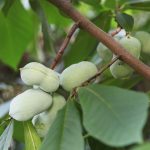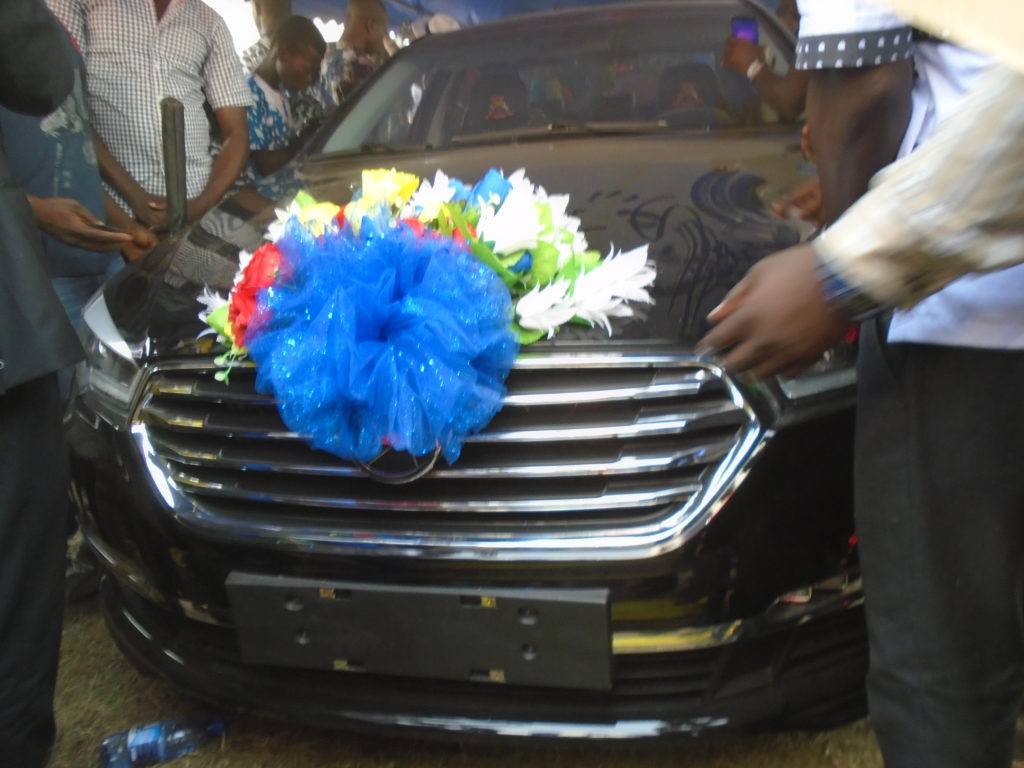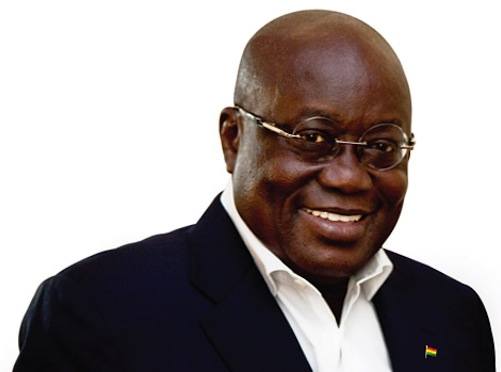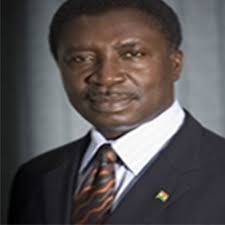Criticisms about originalism are lethal in Ghana. Consumers in Ghana, as opposed to those in China perhaps, conflate ideas about originalism, patriotism and economic value. This is unfortunate since ideas about originalism in Ghana are deadly for new industries.
Allegations that Kantanka’s cars are not made in Ghana – that they are made in China and that the parts of the cars can be purchased online; or that, at best, they are knockoffs of Chinese engineering—is the primary matter at hand. The feat is not impossible but it is a formidable task given that Ghana is not even a semi-industrial nation. Bold criticisms have called Kwadwo Sarfo Kantanka, the founder, a false prophet who is basically providing a conduit for a Chinese company to get access to cheap local labor and dodge import duties.
Much of the debate about Boafo then and Kantanka now concerns intellectual property. Who owns the designs and blueprints for the various key components of Kantanka vehicles—the Chinese company cited on Alibaba or Kantanka? Slapping the Kantanka logo on a Chinese design will not be the first such commercial practice. Moreover, it is not illegal to sell another brand under a new one; in fact, this is common. But if this is the case, then obviously Kantanka cannot brand the vehicles as made-in-Ghana.
To this point, Kantanka only has itself to blame. Kantanka Automobile Company claims to be Ghana’s first carmaker. The company has branded and marketed the Kantanka as a Made-in-Ghana product, so at this juncture it will either survive the discomfiture by showing the evidence for its Made-in-Ghana brand or fall on its own sword.
Over much of the past year Kantanka has made not only local news but also has raised some international eyebrows within the purview of an industrialized world ever afraid of the threat of an Nkrumahist Africa. The notion of a mature industrial product emerging fully realized from a not particularly industrial nation is a patriotic idea for Ghanaians and a frustration for competitors that sell cars in Ghana. More than 50,000 foreign made and assembled cars enter Ghana yearly from abroad. Hence all admiration and skepticism of Kantanka must therefore be funneled through this unsettling filter.
The pharisaism of originalism in ideas and technological transfer often conflate pragmatic economic ideas with nation building. Of course, there’s a powerful historical context at work: Nkrumahism – the idea that Ghana and, indeed, Africa are capable of doing all things for themselves. Although this is true and sovereignty (of which a couple of African nations can barely boast) is important, it has little relevance for a changing car manufacturing industry in the twenty-first century.
Counting every part down to the smallest screws, a single car has about 30,000 components designed, developed, manufactured, and sold through at least some 3,000 different industries The 30,000 or so parts use different raw materials and different manufacturing processes. Making good parts requires a lot of research and development.
Having the parts made by companies, at home and abroad, with diverse fields of expertise allows any car manufacturer to obtain high-quality parts. For example, Toyota’s suppliers make seats, wheels, steering wheels, windshields, headlights, and meters. Only a super-cluster of industries in any given country can facilitate all-inclusive locally-made cars on a sustainable and profitable basis. That is done nowhere. The reality that all industry uses horizontal supply lines renders any criticism of Kantanka along these lines a mere sign of economic illiteracy.
While designed and built in Ghana, the Boafo truck used outsourced significant parts like the engine. For those reasons it did not claim to be a made-in-Ghana machine. Although some Nissans, Subarus and Toyotas, including the Tacoma and Tundra trucks, are designed and assembled in the United States where they are sold, they are still designated as imports.
Hence, it is not unfathomable that in the twenty-first century a Kantanka manufacturing operation would have some Chinese dimension.
No matter the motivation, it is difficult to build a car industry anywhere. The first Japanese cars were knockdown copies of American cars. The first American rockets were knockdown copies of German V2 rockets. If Kantanka serves an African market with knockdown versions of foreign cars, the idea would not be new under the sun. Truth be told, it would be a smart move.
If the parts are manufactured using Kantanka designs at a Chinese manufacturing firm, this is a rational business decision. On the contrary if the parts come from China, are designed and built in China by a Chinese company, and are only assembled in Ghana, that becomes a serious indictment on the character of Kantanka Companies.
Criticize the Ghana Government, Not Kantanka
Besides the made-in-Ghana debate, the second, and perhaps graver, issue arises if Kantanka is abusing import laws by helping a Chinese firm evade import duties, though this indictment would fall squarely on the government of Ghana. Kantanka has been in “business” for almost a year – providing Ghana Police and other such public outfits with test vehicles. The Vice President of Ghana himself has two orders of Kantanka’s machines in hand.
Any serious government would have already investigated and issued a report on the nature of Kantanka’s manufacturing in order to adequately schedule the company and its products within the appropriate tax and import duty brackets. For any competent government, an allegation of this nature so late in pipeline of production should be a non-issue.
he serious take home point lies in how Ghana achieves technological advancement. The question of whether Kantanka is truly manufacturing his own cars or whether the company is merely a conduit for Chinese industry is an important one.
If our government chooses to invest in Kantanka, which it should, every doubt that the company is being used to evade import duties must be cleared. Or if our government ascertains that Kantanka is being used, then the government must collect the appropriate import duties.
These are government decisions. Any criticism of Kantanka without criticism of the government of Ghana is propaganda meant to undermine the brand without providing long-term solutions to resolve outstanding problems.
The Boafo manufacturing effort of the 1970s was short-lived, not that it should have survived necessarily, but one can only imagine where Ghana’s automobile and allied industries would be in the twenty-first century if Boafo, or any one of the several others before it, had been adequately monitored by a respectable government agency to stay its course.
There remains no doubt that Kwadwo Sarfo Kantanka began building from scratch a new line of “vehicles.” It is, however, fair to assume that the economics were never in his favor. A lack of government or private sector support could have only led to a Chinese option.
Now our government of Ghana must make sure that the bulk of our investments are not paying for Chinese SKDs (kits containing semi-parts needed to assemble a product) and CKDs (complete kits needed to assemble a product), because solely the made-in-Ghana label deserves the privilege to accord the company all the IP rights and designs as required by law.
In a part of the world where leaders have often failed (and failed terribly), perhaps it has become fashionable to habitually ignore, spare, or degrade uncomfortable questions. Our government has to wake up and take Kantanka seriously, so that its growth and success will benefit the people of Ghana.
Will Kantanka Lead An Industrial Revolution?
Some purported technological moralists insist that Kantanka should have started more humbly with the manufacture of simple machines like motorbikes, tricycles or simple farm machines – tractors and combine harvesters – the blueprints of which undoubtedly the Kantanka Company would have built upon and owned. This approach, they claim, would have been more feasible since the capital and technology involved isn’t the hurdle that a sustainable and profitable car manufacturing plant ought to muster.
Arguments like this are particularly unconstructive.
Dilettantism—or propaganda masquerading as critique—as a leading principle in the advancement of technologies and economic policies of pragmatic importance to people will mark the end of valuable debate. Nothing will be further from a thoroughly serious analysis than such an attitude.
Almost all debates owe something to dilettantes, often very valuable viewpoints. For that reason, all dilettantism, local or foreign, is not necessarily bad – not all forms of it are tolerable either. To this point, what interests do non-African critics have in the politics of Kantanka or Ghanaian government affairs
The irony, of course, stands that the recent criticism against a Ghanaian auto manufacturer, Kantanka, on the grounds of originalism stems from a society and political ecology that is comfortable with skirting its own originalism for economic value; native production, design, and manufacturing in America are vanishing as most of American manufacturing is found in China. Rather than call Kantanka a foe, if anything, these faultfinders should fall in love with Kantanka – if they believe Kwadwo Sarfo is doing what America does best.
In any case, every time consumers are confronted with a counter narrative such as that of a Not-Made-In-Ghana product, they are more likely to opt against cars assembled in Ghana in favor of those assembled abroad, even if the former were to launch their own country into an industrial age.
Already Ghana imports some 50,000 vehicles yearly, which come at a dire expense to the everyday Ghanaian. Frankly, the details of where Kantanka cars are designed, built, and assembled are of little relevance to the average consumer who can now afford a vehicle for work.
It is comforting that the Ghanaian business class, much like the average consumer, is excited about this new company and has hailed Kantanka’s commercial exploits as an exemplary and important component in the quest to establish an industrial base in Ghana. At the very least, they see Kantanka as a first step in reengineering most of the technologies in current use in the country. Kantanka provides a much-needed template to ignite an industrial revolution from out of Ghana, out of West Africa and, perhaps, out of Africa.
If we should invest in Kantanka, we must be clear that the technology is here in Ghana to stay, that it is not a fleeting trifle and that it also adds value through local contribution.
Source: www.grandmotherafrica.com








